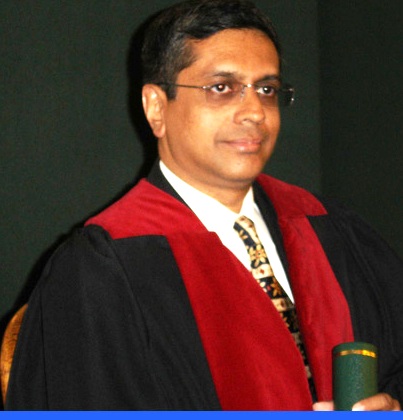Posted on 4th January, 2024 at 11:43:38 PM

The muscles and various body organs (such as lungs, kidneys and brain) need nourishment in order to function efficiently. This nourishment is provided by blood rich in oxygen. Circulation of blood is essential for oxygen to reach the muscles and organs. The main function of the heart is to pump blood to maintain an efficient circulation.
The function of the heart therefore can be compared to a domestic pump used for lifting water. A pump comprises of a mechanical part (machine) which produces the force needed for lifting water, and an electrical circuit that runs the machine. The water, being driven by the pump, flows through pipes which are provided with valves to ensure unidirectional flow of water.
The heart has four 'chambers'. The two upper chambers called left and right 'atrium' and two lower chambers called left and right 'ventricles'. These chambers are walled by powerful muscles which pump blood to maintain the circulation.
Pure oxygen rich blood flows from the left sided heart chambers into a large artery known as aorta through which it reaches the different organs of the body. The oxygen is extracted from the blood by these body organs and in turn waste products like carbon dioxide are released back into the blood stream. Impure blood from the different body organs reaches the right sided chambers through channels known as systemic veins. The heart then pumps this blood into the lungs through a larger channel called pulmonary artery. The blood is purified in the lungs and returned to the left side of the heart through another set of channels called pulmonary veins. The movement of the blood through the heart is regulated by a system of valves, which ensure that the blood flows in the correct direction.
A heartbeat results when the chambers contract to pump the blood. Just as a pump requires electricity for it to run, the heart has an inherent electric circuit that ensures constant pumping of the heart muscles.
Besides supplying blood to other organs, the heart itself needs nutrition which is provided by special arteries known as coronary arteries.
Knowledge of the anatomy and the function of the heart will help us to understand the cause and effect of different kinds of heart diseases.




